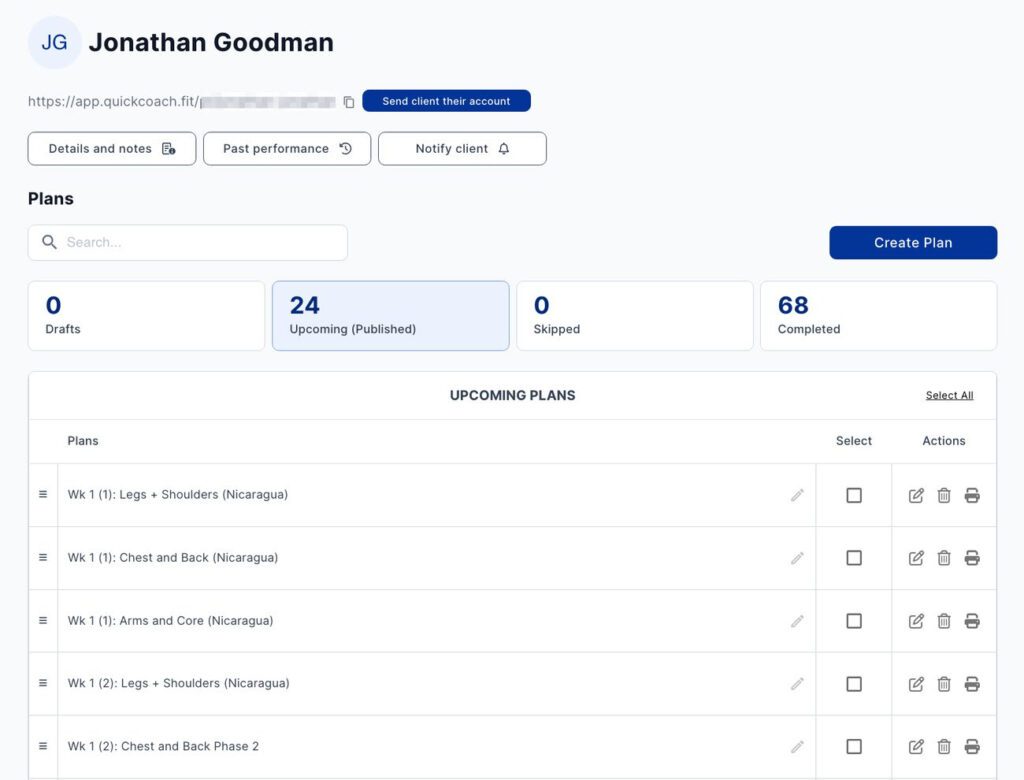Rest-Pause Sets
What is the definition of rest-pause sets in weightlifting?
Rest-pause sets in weightlifting involve performing a set of an exercise to near failure, taking a short rest period, and then continuing with additional mini-sets until reaching the desired total number of repetitions. This technique allows for brief rest intervals within a set, enabling the lifter to push closer to their maximum capacity.





